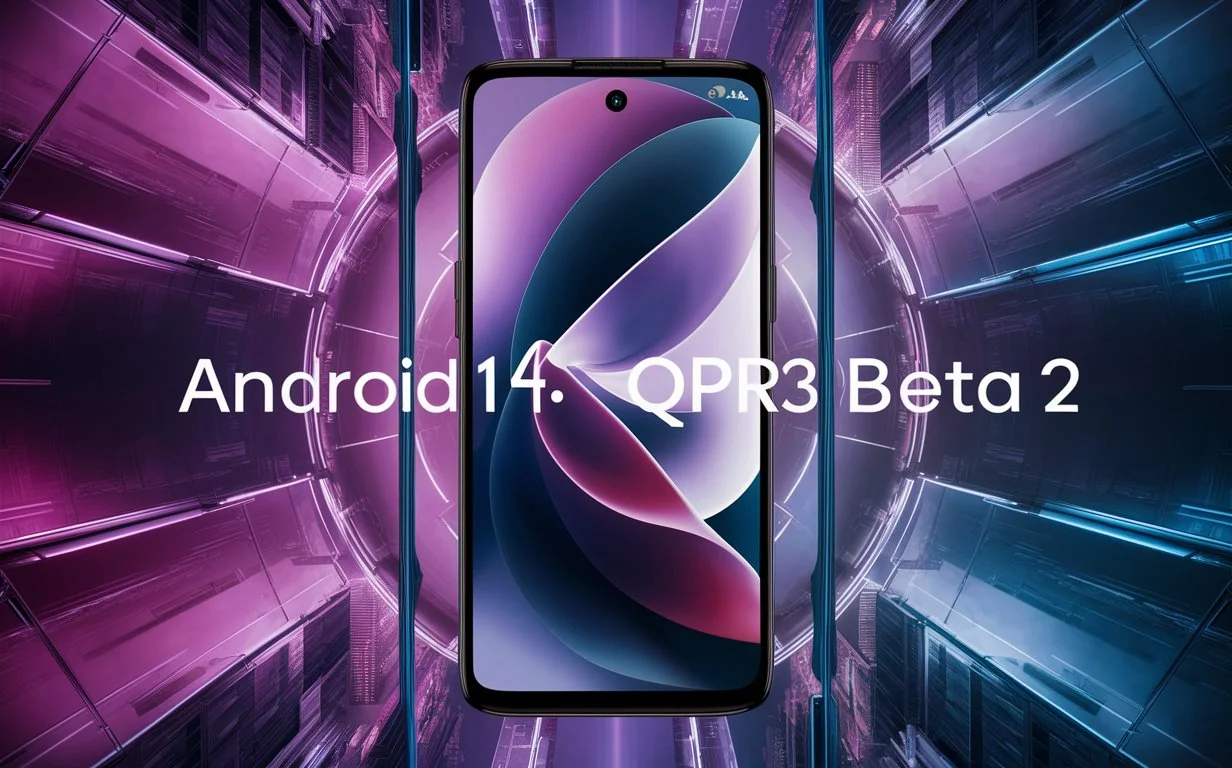Introduction
Google stands out for its relentless pursuit of innovation and improvement. The recent rollout of Android 14 QPR3 Beta 2 for eligible Pixel devices is yet another testament to Google’s commitment to enhancing user experiences. However, amidst the excitement of bug fixes and improvements, there lurks a significant caveat that users need to be aware of.
Understanding Android 14 QPR3 Beta 2 Update
Addressing Frustrating Hiccups
Android 14 QPR3 Beta 2 comes as a sigh of relief for Pixel device users, as it addresses several frustrating issues encountered in the initial QPR3 beta release. These issues ranged from device crashes during specific events like app updates or user switching to malfunctions in the always-on display feature and battery status information disappearance. Additionally, backup and restore processes should now function seamlessly, enhancing the overall stability of the device.
Key Bug Fixes
The Android 14 QPR3 Beta 2 update brings about crucial bug fixes, ensuring a smoother user experience:
- Crash Prevention: Resolves issues causing unexpected device crashes or restarts.
- Boot Optimization: Fixes problems leading to blank screens after booting from flash.
- User Switching Stability: Addresses crashes and black screen displays after switching to secondary users.
- Display and Unlocking: Rectifies issues interfering with the ‘Double tap to wake’ gesture and fingerprint unlocking when the always-on display mode is enabled.
- Battery Information: Ensures accurate display of battery information across system settings, status bar, and lock screen.
- Transfer and Backup: Restores functionality for device-to-device transfers and backup and restore processes.
The Catch: Bricking Pixel Phones
Unforeseen Risks
Despite the promising fixes, reports have surfaced indicating a serious risk associated with sideloading Android 14 QPR3 Beta 2. Multiple sources, including 9to5Google, have highlighted instances where sideloading resulted in soft-bricking Pixel devices, rendering them unable to fully boot.
Precautionary Measures
While the allure of immediate bug fixes may be tempting, caution is advised against sideloading the update. Even Google’s flagship models, such as the Pixel 8 Pro and Pixel Fold, are susceptible to this issue. However, users opting for OTA updates need not fret, as they seem to avoid the bricking problem altogether.
Safety Guidelines
For users adamant about sideloading, enabling the ‘OEM Unlock’ option in the device’s developer settings is recommended as a precautionary measure. Nevertheless, considering the potential risks involved, it’s prudent to refrain from sideloading, especially for those heavily reliant on their Pixel devices for daily tasks.
Conclusion
While Google’s dedication to refining its software is commendable, users must exercise caution when adopting new updates. The Android 14 QPR3 Beta 2 brings promising fixes but also carries unforeseen risks, particularly with sideloading. By prioritizing safety and patience, users can ensure a seamless transition to enhanced device functionality without compromising device integrity.
FAQs (Frequently Asked Questions)
1. Is sideloading the only way to update to Android 14 QPR3 Beta 2?
No, users can opt for the safer OTA (over-the-air) update method to avoid potential bricking issues associated with sideloading.
2. How can I enable the ‘OEM Unlock’ option in my Pixel device?
Navigate to the device’s developer settings and toggle the ‘OEM Unlock’ option to mitigate risks when sideloading updates.
3. Are all Pixel devices susceptible to bricking with Android 14 QPR3 Beta 2?
Yes, reports indicate that even Google’s upcoming flagship models, including the Pixel 8 Pro and Pixel Fold, can be affected by the bricking issue.
4. Can I revert the soft-bricking caused by sideloading Android 14 QPR3 Beta 2?
Reverting soft-bricked devices may require advanced troubleshooting or assistance from Google support, emphasizing the importance of cautious update practices.
5. When can users expect a stable release of Android 14 without such risks?
Google typically addresses and resolves such issues in subsequent updates, indicating a likelihood of a stable release in the near future.


